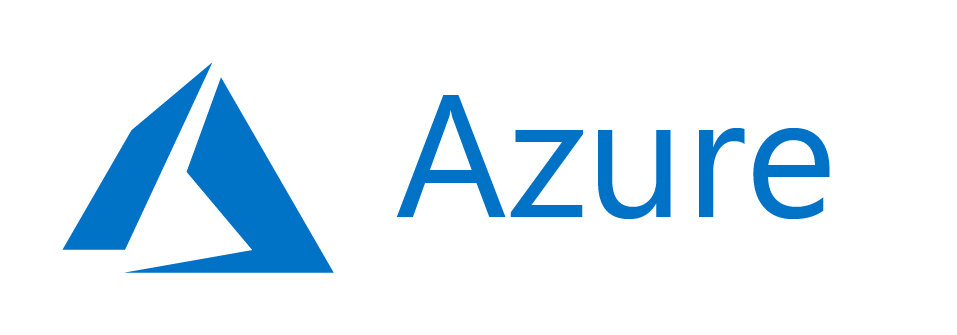About this course
This course teaches IT Professionals how to create and manage virtual machines as part of an Infrastructure as a Service (IaaS) computing infrastructure. Students learn how to assess their on-premises environment for virtual machine readiness in preparation for moving resources to the cloud, including sizing, pricing, and design considerations.
Students also learn how to create and deploy virtual machines in Azure, using the Azure portal, PowerShell, and ARM templates. The course includes instruction on deploying custom images and Linux virtual machines. Students also learn how to configure the networking and storage components of virtual machines. Deploying highly available virtual machines is critical in the light of planned and unplanned events, and students learn how to use availability sets to ensure that virtual machine resources are available during downtime. Students also learn how to use extensions and Desired State Configuration (DSC) for post deployment automation and configuration tasks.
Finally, students learn how to perform virtual machine backups, and to use Azure’s monitoring capabilities to collect, view, and analyze virtual machine diagnostic and log data.
Audience profile
This course is for Azure Administrators. Azure Administrators manage the cloud services that span storage, networking, and compute cloud capabilities, with a deep understanding of each service across the full IT lifecycle. They take end-user requests for new cloud applications and make recommendations on services to use for optimal performance and scale, as well as provision, size, monitor and adjust as appropriate. This role requires communicating and coordinating with vendors. Azure Administrators use the Azure Portal and as they become more proficient they use PowerShell and the Command Line Interface.
At course completion
After completing this course, students will be able to:
- Explain virtual machine usage cases, storage options, pricing, operating systems, networking capabilities, and general planning considerations.
- Create Windows virtual machines in the Azure Portal, with Azure PowerShell, or using ARM Templates.
- Deploy custom server images and Linux virtual machines.
- Configure virtual machine networking and storage options.
- Implement virtual machine high availability, scalability, and custom scripts extensions.
- Backup, restore, and monitor virtual machines.

